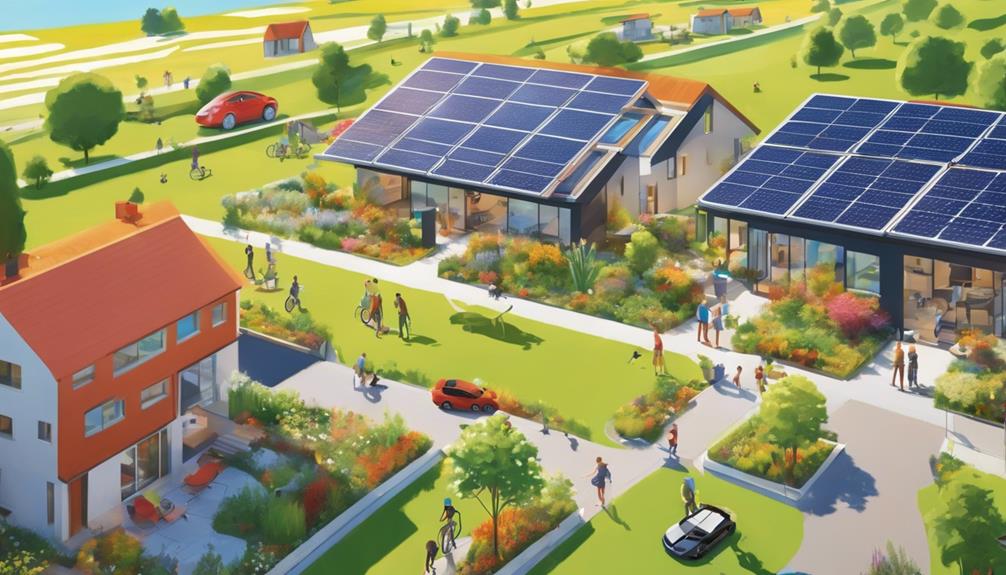
In recent years, solar energy has emerged as a viable alternative to traditional power sources, and 250 watt solar panels have become a popular choice for both residential and commercial applications. This comprehensive guide explores the advantages of 250 watt solar panels, how they work, installation processes, cost considerations, and their impact on the environment.
Understanding 250 Watt Solar Panels
250 watt solar panels are photovoltaic (PV) panels capable of generating up to 250 watts of electricity under optimal conditions. These panels are typically made from silicon and consist of multiple solar cells that convert sunlight into electrical energy. The wattage rating indicates the maximum power output the panel can produce, making it a critical factor for anyone considering solar energy. When you install a system with several 250 watt solar panels, you can significantly reduce your reliance on grid electricity, leading to lower energy bills and a smaller carbon footprint.
The Advantages of Using 250 Watt Solar Panels
The use of 250 watt solar panels offers several benefits. Firstly, they are compact and lightweight, making them easier to install compared to larger panels. This makes them ideal for residential rooftops where space may be limited. Additionally, these panels are efficient enough to provide substantial energy output, especially for smaller homes or businesses. Their moderate size also allows for flexibility in installation, enabling users to add more panels in the future as energy needs grow. Furthermore, the cost of 250 watt solar panels has decreased significantly in recent years, making solar energy more accessible to a broader audience.
How Do 250 Watt Solar Panels Work?
The functioning of 250 watt solar panels is rooted in the photovoltaic effect. When sunlight hits the solar cells in the panel, it excites electrons, creating an electric current. This direct current (DC) is then converted into alternating current (AC) by an inverter, allowing the electricity to be used in your home or business. The efficiency of 250 watt solar panels typically ranges between 15% to 20%, depending on the quality of the materials used and the technology employed. Understanding this process can help you appreciate how solar panels generate clean energy while also informing your purchasing decisions.
Installation Process of 250 Watt Solar Panels
Installing 250 watt solar panels involves several critical steps. First, a professional assessment is required to determine the best placement for the panels, ensuring they receive maximum sunlight. Next, the installation team will secure mounting brackets to your roof or designated area. After this, the panels are connected to the mounting system, followed by electrical wiring that links the panels to the inverter. Finally, the system is connected to your home’s electrical panel. It’s crucial to hire certified professionals for this work to ensure safety and compliance with local regulations.
Cost Considerations for 250 Watt Solar Panels
When evaluating the cost of 250 watt solar panels, several factors come into play, including the price of the panels themselves, installation costs, and potential incentives or rebates. On average, the cost of a 250 watt solar panel ranges from $150 to $300. Installation costs can add an additional $1,000 to $3,000, depending on the complexity of the installation and the local labor market. However, homeowners can often take advantage of tax credits and incentives that can significantly offset these costs. Additionally, the long-term savings on energy bills make this investment worthwhile for many.
Energy Savings and Return on Investment
One of the most compelling reasons to install 250 watt solar panels is the potential for energy savings. By generating your own electricity, you can drastically reduce your monthly utility bills. In many cases, homeowners can recoup their initial investment within five to ten years, depending on energy usage and local electricity rates. Moreover, the value of your property may increase with the addition of solar panels, making them a smart financial decision. Many users report significant savings over the lifespan of their solar system, which can last 25 years or more with proper maintenance.
The Environmental Impact of 250 Watt Solar Panels
Using 250 watt solar panels is not just beneficial for individual homeowners; it also has a positive impact on the environment. Solar energy is a renewable resource that reduces reliance on fossil fuels, which are a major contributor to greenhouse gas emissions. By switching to solar, you actively participate in the fight against climate change. Furthermore, the energy produced by solar panels helps to decrease air pollution, leading to cleaner air and a healthier ecosystem. The cumulative effect of widespread solar adoption can significantly contribute to a more sustainable future.
Future Trends in Solar Technology and 250 Watt Panels
As technology continues to evolve, we can expect further improvements in the efficiency and affordability of 250 watt solar panels. Innovations such as bifacial panels, which capture sunlight from both sides, and advancements in energy storage options like batteries will enhance the overall performance of solar systems. Additionally, the increasing push for environmental sustainability and renewable energy sources is likely to drive more manufacturers and consumers toward solar technology. Staying informed about these trends can help you make the best decisions for your energy needs and investment.
In conclusion, 250 watt solar panels represent a smart investment for those looking to harness solar energy’s benefits. With their efficient performance, cost-effectiveness, and positive environmental impact, they are a compelling choice for both residential and commercial applications. Whether you are considering solar energy for the first time or looking to expand your existing system, understanding the features and benefits of 250 watt solar panels can help you make informed decisions for a sustainable future.





